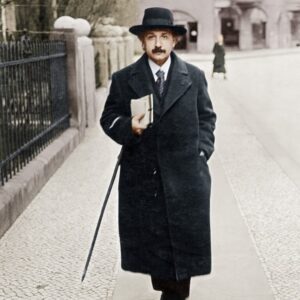Arguments for the Security of Continuous-variable Quantum Key Distribution (CVQKD)
Synopsis: Making Quantum Cryptography Safe and Practical
Excerpts and salient points ~
+ Most protocols for quantum key distribution (QKD)—a quantum cryptography technique—encode an encryption key in discrete quantum states, such as the two orthogonal polarizations of a photon. While some QKD protocols are immune to hacking, they require the detection of single photons, an ability not available in existing telecommunication networks.
A theoretical study suggests that “continuous variable” quantum key distribution—an approach to quantum cryptography compatible with telecom networks—could be made absolutely secure against hacking.
+ Now, Anthony Leverrier at Inria in France and colleagues have provided theoretical arguments for the security of continuous-variable (CV) QKD, a version that relies on interferometric detection schemes widely used in high-speed telecom networks. The result suggests that CVQKD holds potential for large-scale deployment in such networks.
+ Instead of discrete polarization states, CVQKD uses coherent quantum states that can be encoded in continuous variables like the amplitude and phase of an optical signal traveling through a fiber. Previous security proofs using this encoding, however, required these coherent states to be randomly chosen from an infinite set of states derived from a continuous distribution, which can’t be accurately prepared in real-world systems.
Source: APS Physics. Matteo Rini, Synopsis: Making Quantum Cryptography Safe and Practical…
Content may have been edited for style and clarity.

